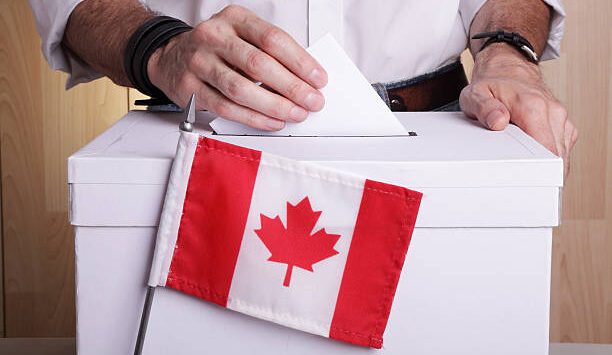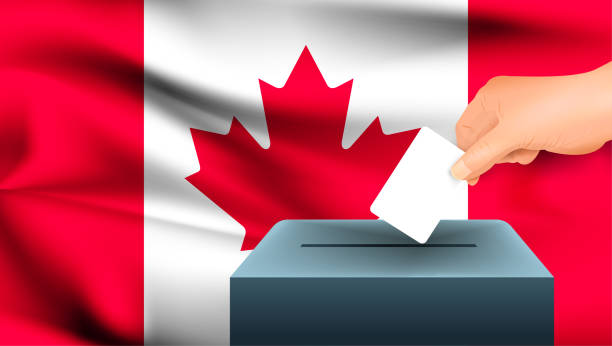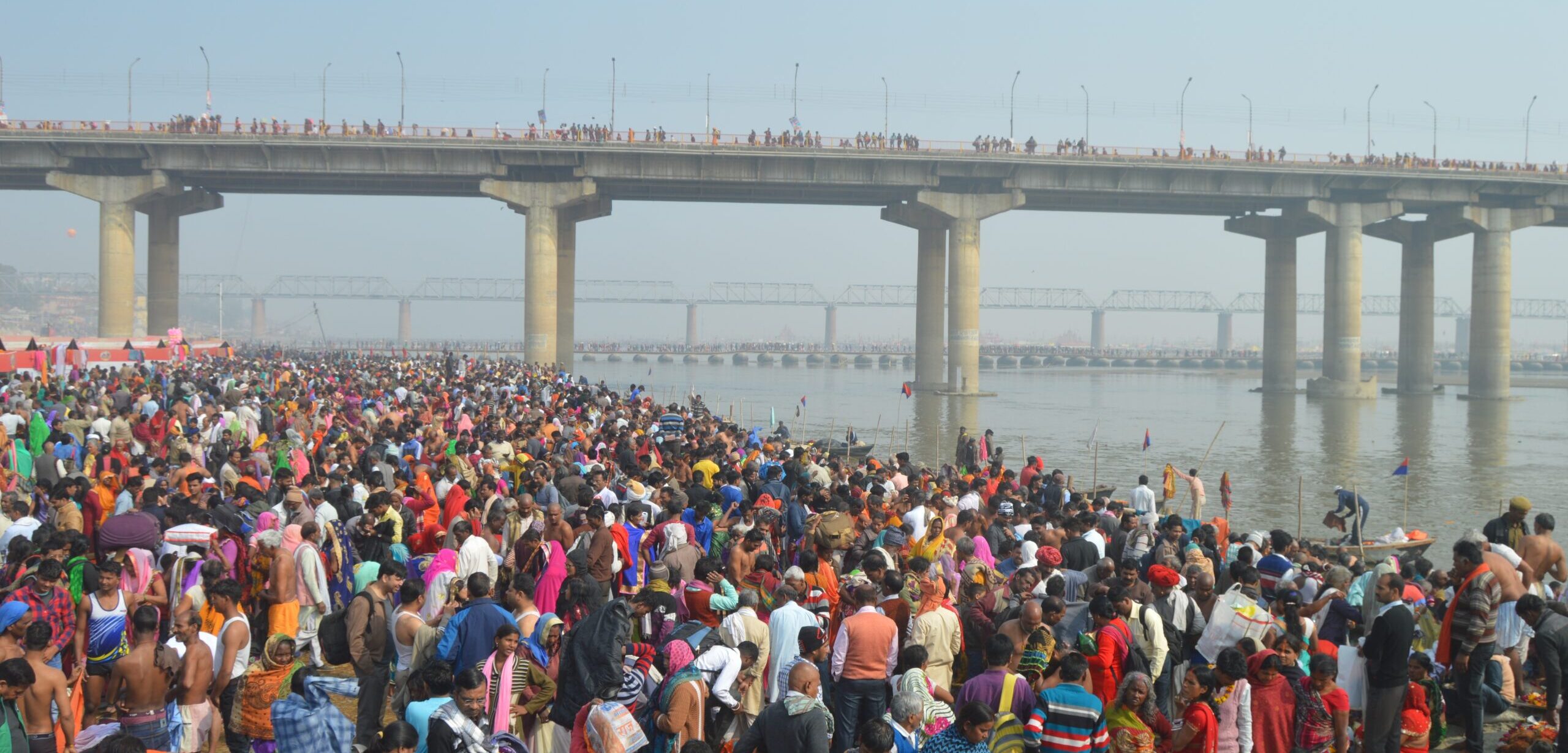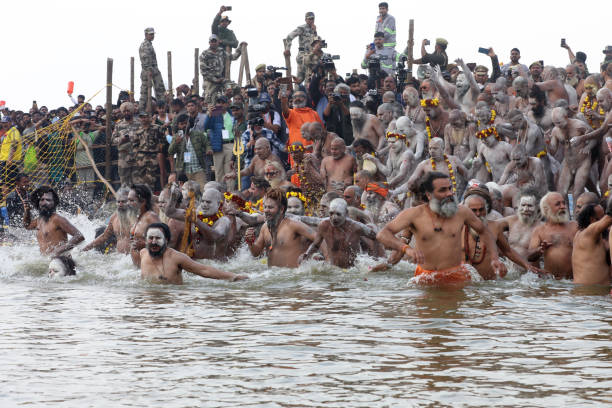Sanskar Bharati India’s Artistic and Cultural Organisation
Sanskar Bharati Cultural Organization: Reviving India’s Artistic Soul
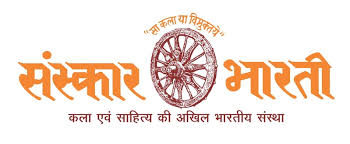
You May like : Mahakumbh Mela the world largest social gathering
Introduction :
India is a land of diverse traditions, vibrant colors, and artistic brilliance. From ancient dance forms to intricate hand-drawn rangolis, the country breathes culture in every corner. In this ever-modernizing world, there’s an urgent need to preserve and promote our rich artistic roots. That’s where Sanskar Bharati Cultural Organization steps in. Formed to support Indian arts and instill cultural values, it has emerged as one of the most active and respected cultural groups in the country.
Origins and Inspiration
The foundation of Sanskar Bharati was laid on a simple yet powerful idea — to bring Indian culture and art back to the center of people’s lives. The groundwork was laid in 1954, but it was officially established in 1981 in Lucknow. A group of dedicated visionaries including Bhaurao Deoras, Nanaji Deshmukh, Haribhau Wakankar, and Baba Yogendra united to create a space for nurturing India’s vast artistic legacy.
The organization took inspiration from India’s historical richness and philosophical depth, aiming to blend these timeless values into modern art practices.
Structure and Leadership
Sanskar Bharati is a non-governmental organization with a deeply rooted national framework. Its operations extend across India through thousands of branches. These branches were coordinated by state-level and national committees that included roles such as:
-
National Guardian (Baba Yogendra played this role)
-
National President (held by renowned artist Vasudev Kamath)
-
General Secretary (Mahamantri) and more
Each region or state has its own organizational team that handles local events, workshops, and artist development programs.
Purpose and Mission Of Sanskar Bharati :
The core mission of Sanskar Bharati is to preserve, promote, and propagate Indian cultural arts. It seeks to inspire people from all walks of life—whether they are traditional craftsmen or modern digital creators—to stay connected to their cultural roots.
Its motto, “Kala ke waaste samarpit jeevan”, which translates to “A life dedicated to the arts”, reflects its unwavering commitment to art as a form of national service and spiritual expression.
Signature Events and Activities by Sanskar Bharati
Sanskar Bharati is known for organizing grand cultural gatherings, local festivals, and educational programs that shows both classical and folk arts. One of its flagship programs is:
Kala Sangam (Art Confluence)
Since 1990, the annual Kala Sangam or Art Conclave has brought together painters, dancers, poets, musicians, and dramatists from every part of India. This event promotes regional art forms and gives artists a national stage to exhibit their work and collaborate.
Special Occasions and Cultural Days
From Rangoli-making events on Earth Day to cultural parades during Indian festivals, Sanskar Bharati uses every opportunity to blend art with societal consciousness. One of the most celebrated forms they promote is Sanskar Rangoli, which uses traditional motifs to tell mythological or cultural stories.
Maha Kumbh Cultural Program – 2025 Highlight
In January–February 2025, Sanskar Bharati organized a massive cultural festival during the Maha Kumbh Mela at Prayagraj. This event paid tribute to the 300th birth anniversary of Ahilyabai Holkar, an iconic Indian queen known for her cultural contributions.
Hundreds of artists — dancers, singers, painters, writers, and scholars — participated in this event to honor India’s feminine divinity and strength through art.
Educational Outreach and Youth Involvement
Art without education cannot sustain itself. Recognizing this, Sanskar Bharati has initiated several cultural education programs, often in collaboration with schools and colleges. Their focus is on teaching traditional art forms like:
-
Indian classical music and dance
-
Theater and folk storytelling
-
Mural and tribal painting
-
Sanskrit shloka chanting
Workshops, lecture series, and skill camps are conducted regularly to ignite young minds and encourage the next generation of artists.
Relationship with Cultural Ideologies of Sanskar Bharati
Sanskar Bharati has an ideological alignment with Rashtriya Swayamsevak Sangh (RSS), functioning as its cultural arm. However, its core focus remains strictly on cultural and artistic development. The organization aims to strengthen national unity through cultural bonding and moral upliftment.
Their programs emphasize “Bhartiyata” – the essence of being Indian – and promote themes of tradition, family, dharma (duty), and service.
Celebrating Regional Diversity with Sanskar Bharati
One of the most remarkable things about Sanskar Bharati is its embrace of regional art forms. Instead of focusing only on popular classical styles like Bharatanatyam or Kathak, the organization encourages:
-
Bihu from Assam
-
Chhau dance of Odisha
-
Baul songs of Bengal
-
Madhubani painting from Bihar
-
Warli art from Maharashtra
By supporting these indigenous styles, Sanskar Bharati ensures that the lesser-known traditions are kept alive and appreciated.
Contributions of Baba Yogendra in Sanskar Bharati
Among the founding members, Baba Yogendra stands out as a legendary figure. He devoted his entire life to promoting Indian culture and values. Born in 1924 in Uttar Pradesh, he was not only a gifted artist but also a passionate reformer.
He was honored with the Padma Shri in 2018 for his relentless service to art and society. His teachings and leadership continue to inspire thousands of artists and cultural activists even after his passing in 2022.
Cultural Infrastructure – Kala Sankul
To further their vision, Sanskar Bharati has initiated the creation of Kala Sankul, or art complexes, across major cities. These serve as cultural hubs where artists can rehearse, perform, exhibit, and teach. They aim to make art accessible and inclusive for everyone—from rural artisans to urban audiences.
Looking Ahead – The Future of Sanskar Bharati
In an age dominated by digital media and Western influences, Sanskar Bharati continues to stand as a guardian of India’s ancient soul. The organization plans to integrate modern technology to expand its reach—through online workshops, digital exhibitions, and art-based mobile applications.
Their vision is not just to protect art but to make it a way of life, bridging the gap between tradition and tomorrow.
Final Thoughts
Art is not just decoration; it is identity, history, and hope. Through its multifaceted initiatives, Sanskar Bharati Cultural Organization ensures that India’s artistic treasures are preserved, celebrated, and passed on to future generations.
By building a community of culturally aware citizens and talented artists, Sanskar Bharati is not just safeguarding tradition—it’s shaping the soul of a nation.
